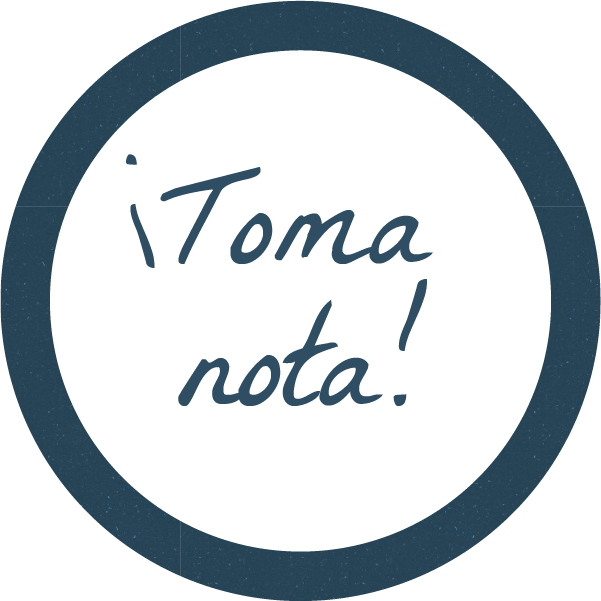
Abandonar la culpa materna: guía para la autocompasión
- Home
- Live Well Blog
- Abandonar la culpa materna: guía para la autocompasión
La culpa es un sentimiento que todas tenemos cuando creemos que no cumplimos con las expectativas, ya sean propias o ajenas.
La culpa materna, en particular, surge cuando sentimos que no estamos haciendo lo suficiente por nuestros hijos, sin importar que seamos madres que se quedan en casa, madres que salen a trabajar, madres jóvenes o madres mayores. Casi todas las madres la sienten en algún momento. Nuestra voz interna puede ser nuestra mayor animadora y nuestra más feroz crítica, y a veces nos hace sentir que no pasamos el tiempo suficiente con nuestros hijos, no cocinamos comidas perfectas, no mantenemos la casa impecable o no alcanzamos metas importantes.
Como padres, tenemos ciertas expectativas sobre cómo queremos criar a nuestros hijos, que suelen estar basadas en nuestra propia crianza, las presiones sociales y qué esperamos que logren nuestros hijos.
Aunque convertirse en padres es una experiencia alegre, también puede generar sentimientos de agobio, enojo, ansiedad, estrés o depresión, y todos estos provocan culpa materna.
Todas tenemos una cantidad limitada de tiempo por día para lograr todo lo que necesitamos, por lo que es importante priorizar las tareas. Hacer una lista y organizarte puede reducir los sentimientos de agobio y estrés. Recuerda que está bien no hacer algunas cosas de inmediato.
No te compares con los demás, ya sean amigos, familiares o personas en redes sociales. Como cada padre, madre e hijo son únicos, compararte con otros es poco saludable y poco realista.
No existe la madre perfecta; sé amable contigo misma y respeta tus propias diferencias.

La culpa y el estrés pueden tener consecuencias en la salud a largo plazo, que incluyen presión arterial alta, depresión, obesidad, problemas para dormir y otros riesgos de enfermedad. Cuidarte a ti misma es esencial para poder cuidar a otros.
No sientas culpa por tomarte tiempo para ti, no tiene que ser para hacer algo sofisticado o caro. Recarga baterías con actividades sencillas como estas:
Hacer ejercicio
Salir a caminar
Bañarte o ducharte sola
Leer
Ver televisión
Pintarte las uñas
Pasar tiempo con amistades
Rezar o meditar
Si tienes dificultades, no dudes en hablar con WIC, un amigo de confianza o buscar ayuda profesional. Pedir ayuda no es señal de debilidad, es señal de fortaleza. La crianza está llena de cambios y desafíos constantes, pero es importante abandonar la culpa, practicar la autocompasión y reconocer que haces lo mejor que puedes con los conocimientos y recursos que tienes. Tus hijos te aman incondicionalmente, con tus imperfecciones.